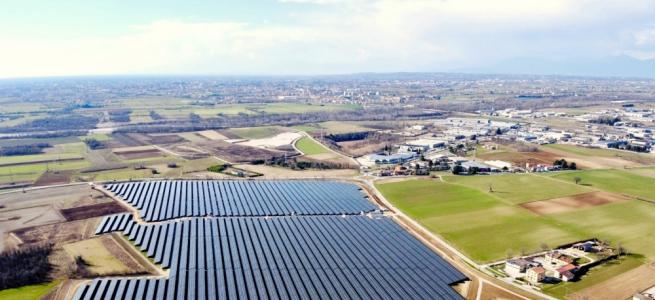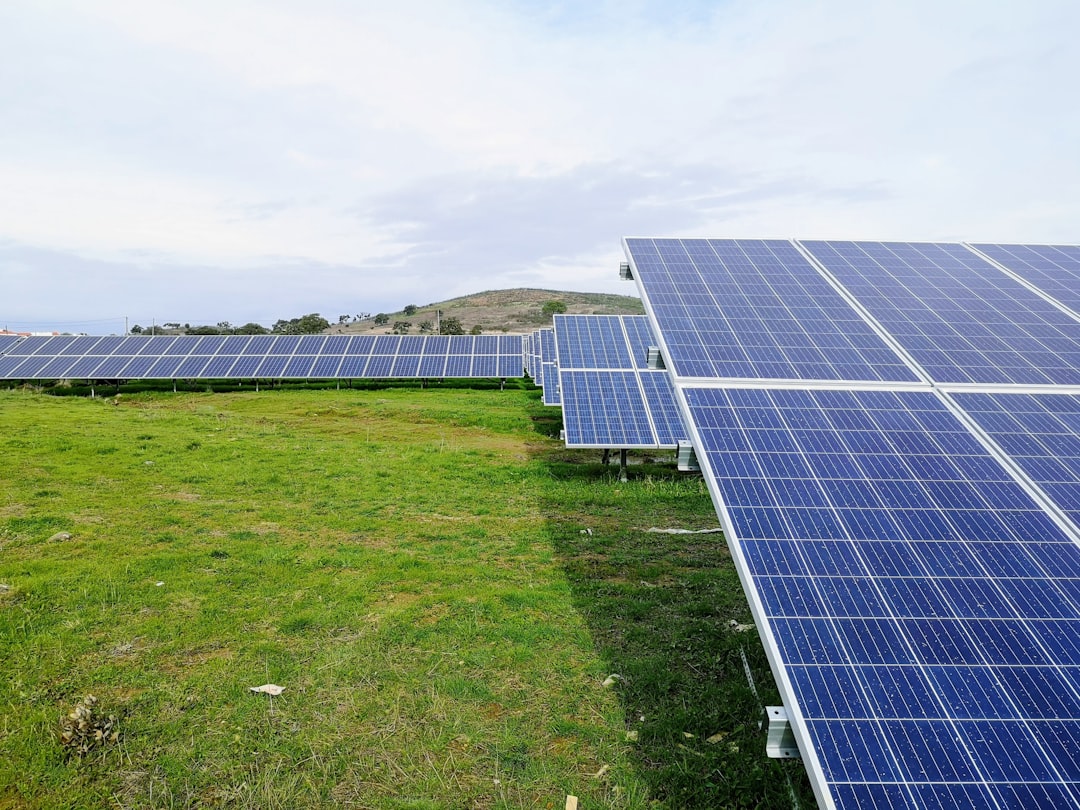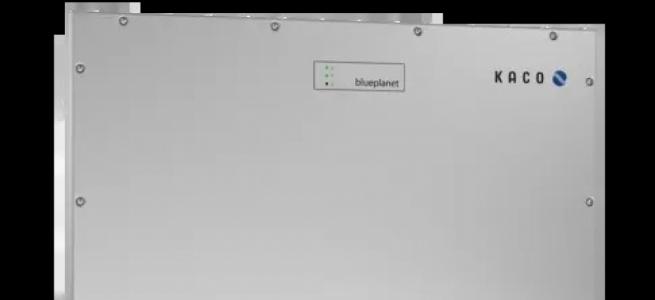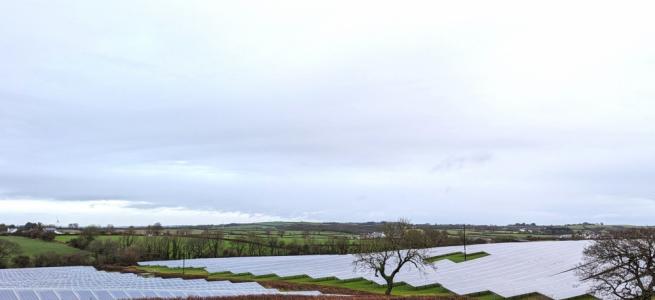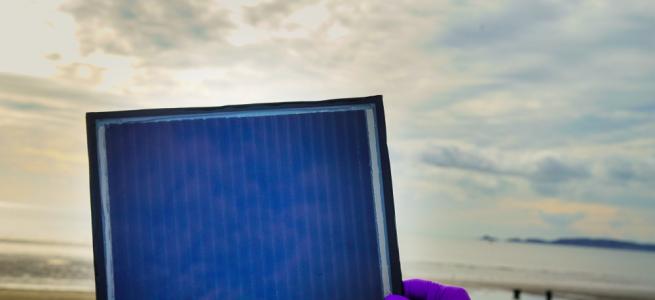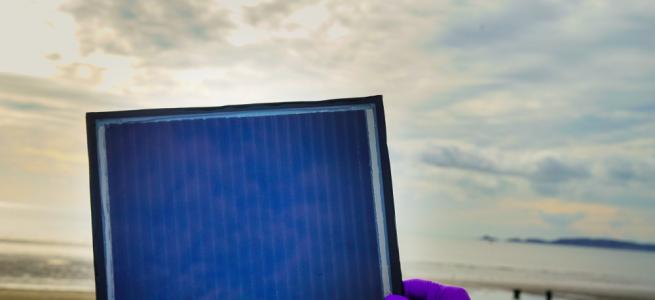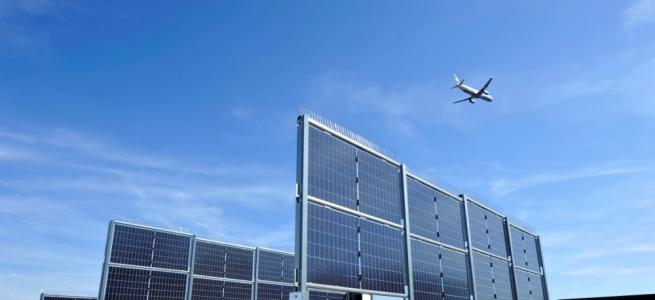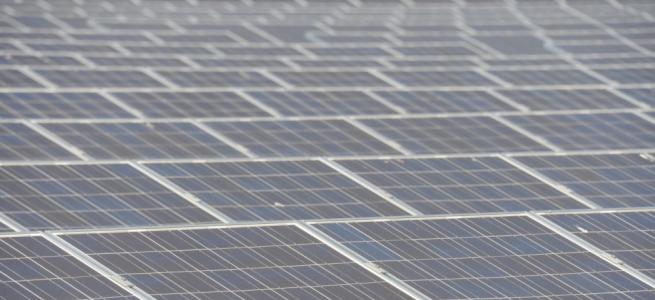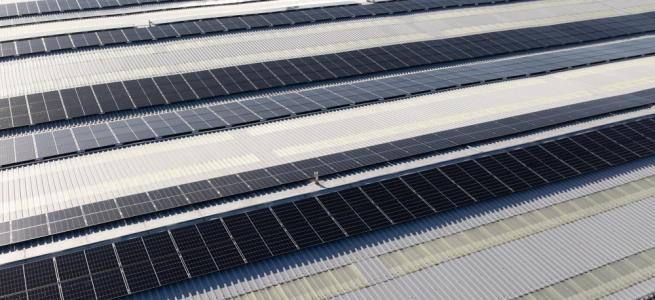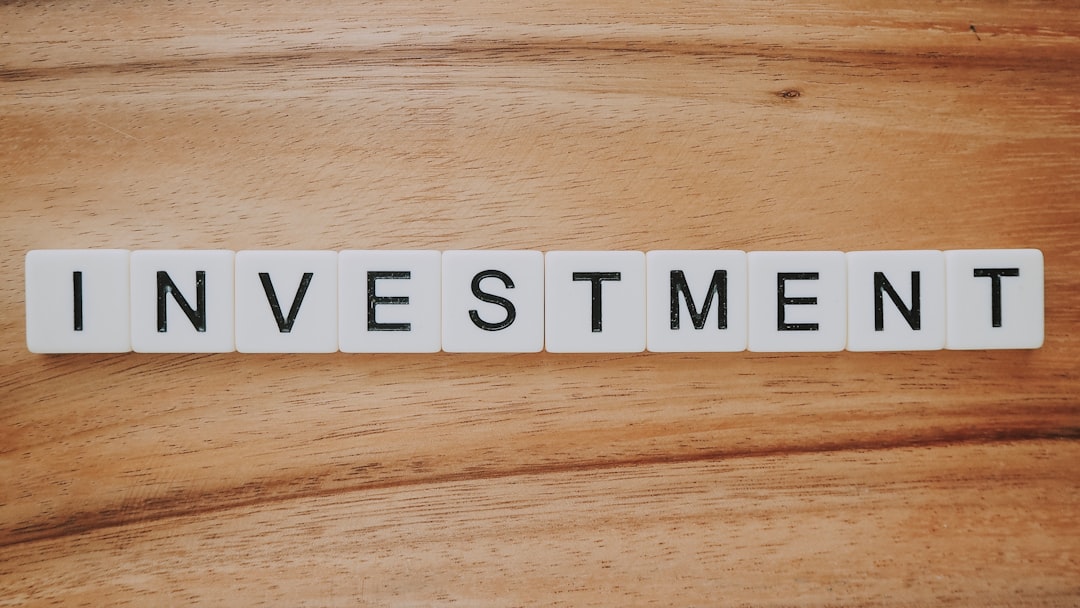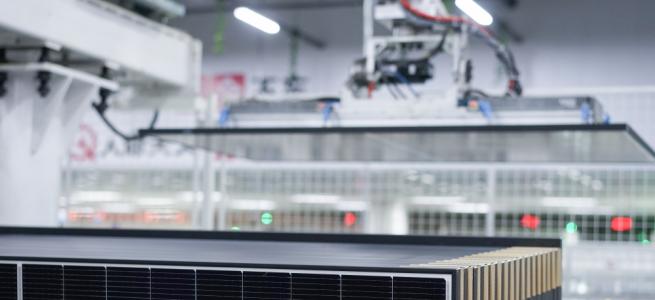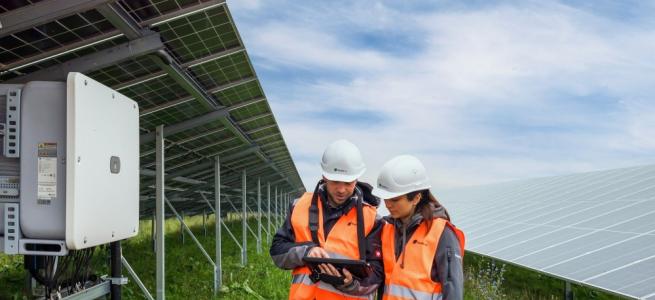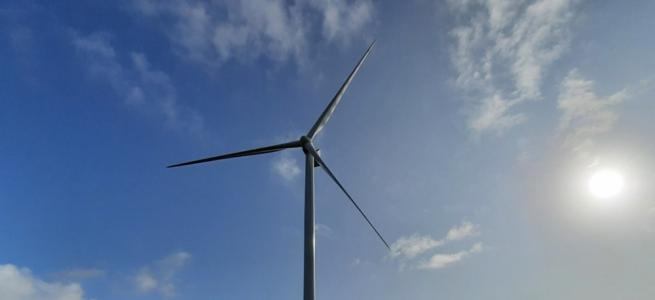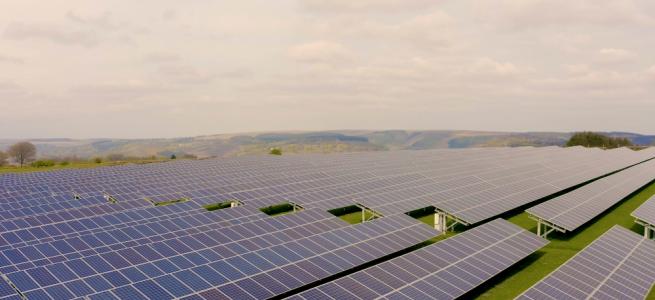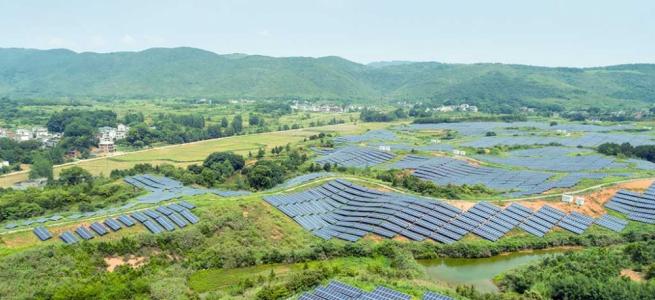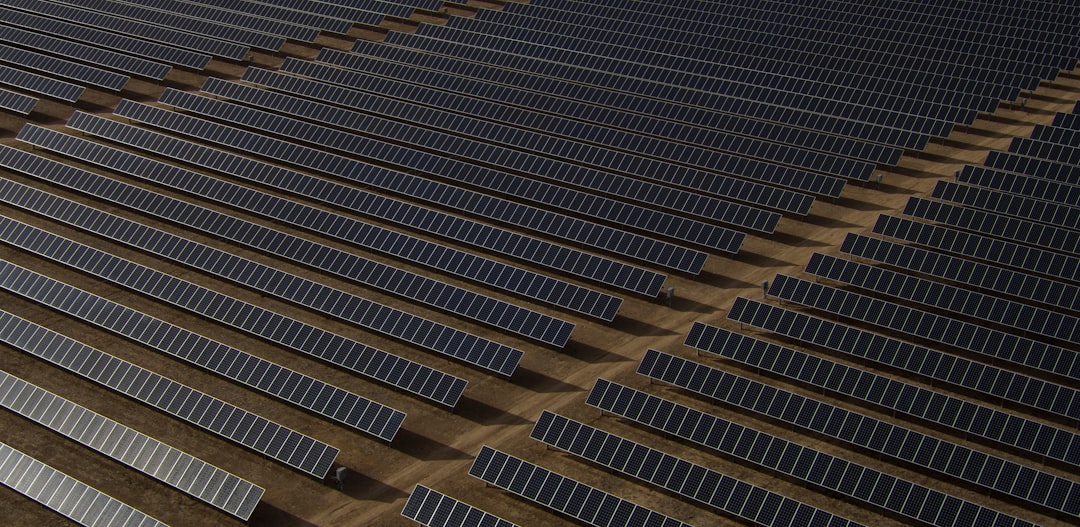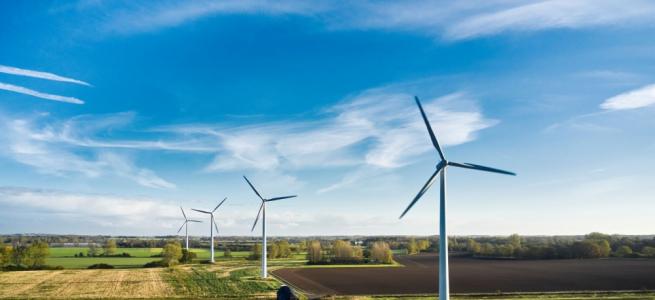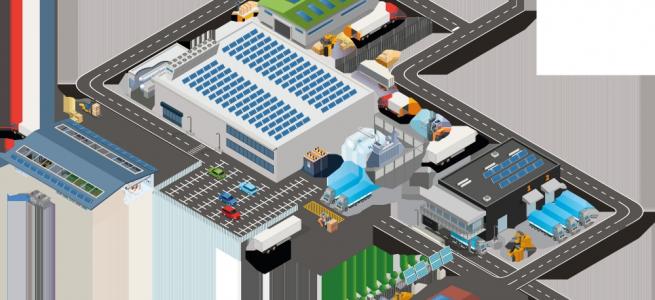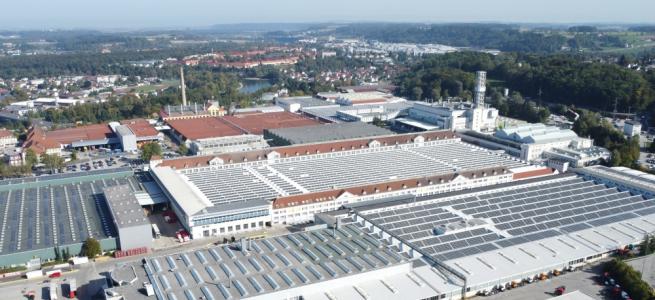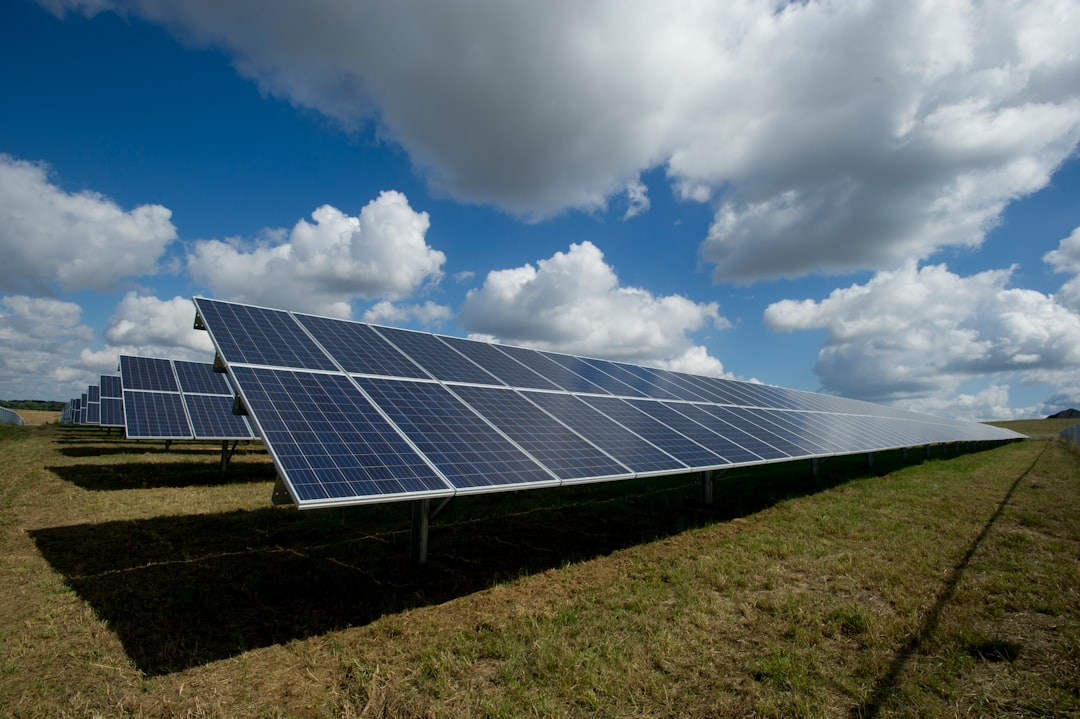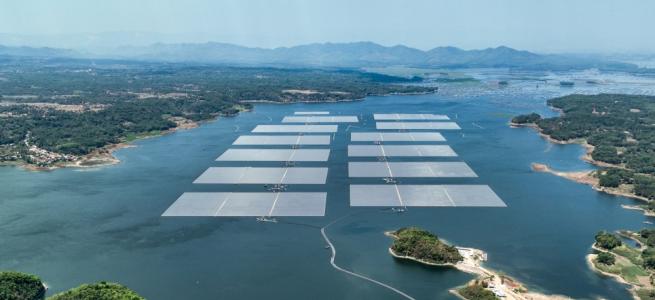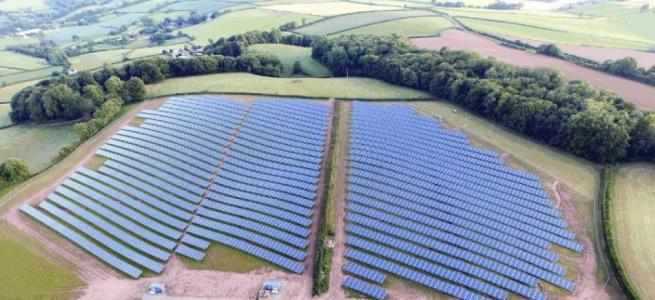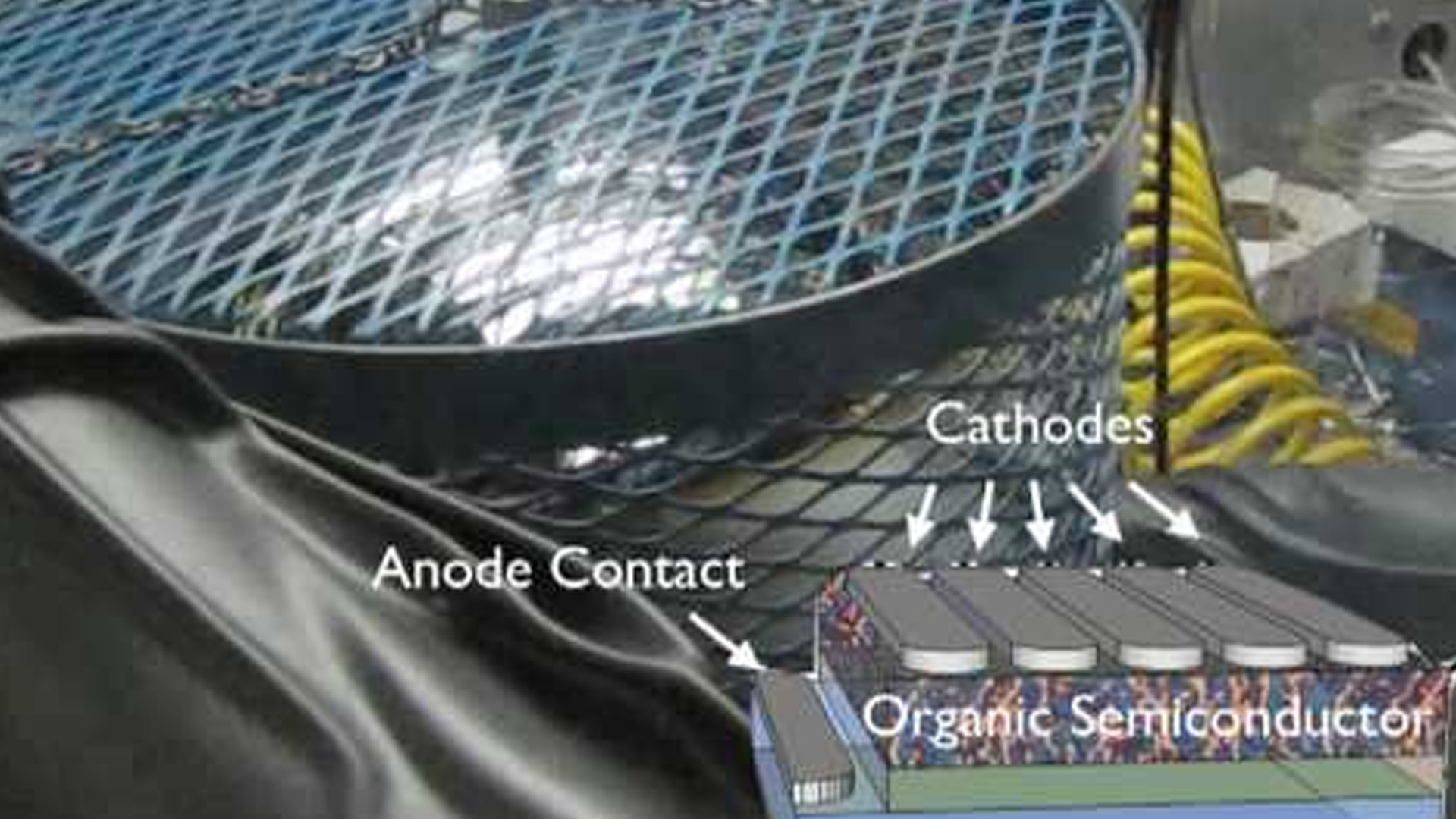News Article
Industry outcomes by trade commissions
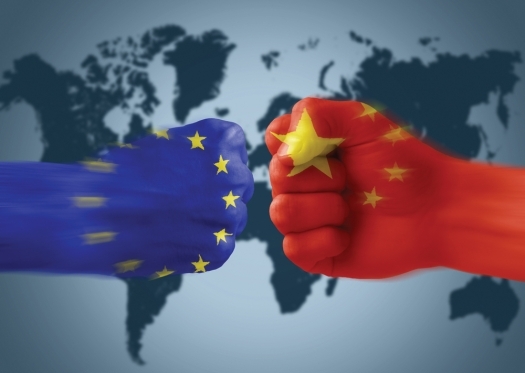
A number of trade investigations are now occurring around the world involving the solar industry. There is no easy solution to the concerns being raised by groups with opposing opinions. David Ridsdale suggests that regardless of the outcomes the trade investigations will shape the industry in 2013.
Last year the USA trade commission held an anti-dumping and countervailing commission against Chinese manufacturers of solar cells and modules following complaints led by the US arm of German based company Solarworld. The outcome of that investigation led to the US trade commission imposing retrospective and future tariffs on all solar cells and modules manufactured in China. The resulting charges led to a reduction of Chinese imports in to the USA and hurt the profit margins of many Chinese manufacturers. The USA has not been the major solar and PV market for the global industry and many felt the overall impact would not be as great as feared.
In August last year a consortium of European companies, once again led by Solarworld, petitioned the European Commission to hold a similar proceeding against China. This led to the EC announcing on September the 6th 2012 that anti-dumping proceedings would begin against China to ascertain whether prices of Chinese product were manipulated so that a massive oversupply of PV products could effectively be dumped on the European market and therefore illegally reducing local product prices ensuring the demise of European PV companies. In November a parallel anti-subsidy proceeding also began.
In both cases opposing consortiums of solar based companies were set up and commenced a tit-for-tat media campaign with a virulent pro or anti stance on the issue. With no middle ground it was often difficult to ascertain any facts about the situation. While there was no doubt a massive over supply had hit the global market there were more factors involved in changing the industry dynamics than Chinese companies alone. Firstly there was a rush of companies around the globe attempting to take advantage of excellent market conditions in a growing industry that was artificially driven and bolstered by local governments kicking starting markets with subsidies and returns that enabled solar and PV companies to effectively sell financial packages offering a greater return of investment than banking products.
At the same time the number of solar companies was ramping up, with China ramping up the fastest, countries became very concerned that the amount of PV being installed vastly exceeded their highest projections and the economic realities of the financial world were screaming for a more austere approach. The result was for governments to put the breaks on and in some cases retrospectively reduce the amount of subsidy. The market could not put the brakes on and the influx of product led to a massive oversupply and competition drove prices down, often below cost. The result meant many companies found their well thought and well financed plans unravelling and the product with the lowest price tags seemed to be coming from China.
Trade interventions and implications
Once the USA had announced its investigation the Chinese began one of their own on whether the USA had dumped the raw product silicon on China in retaliation to the product review. With the USA imposing tariffs it is expected that China will do the same for the silicon imports which saw the raw price of silicon fall from around $300 a tonne to as low as $20 a tonne. This also had a great impact on solar prices and since the EU announcements China has included Europe and other parts of the world in the investigation into raw silicon prices and the impact on that market. The EU consortium has consequently added silica glass to the equation of the EU investigation requests and China has made it clear it may look at trade investigations in other industries important to Europe such as automobile. The on going tussles could take years to determine and undermine trade relations around the world. Whatever the truth to it all solar has become the fulcrum to this battle and the trade battles are likely to be the defining driver for 2013.
A CEO of an American inverter company recently said to me that the USA trade outcome on Chinese solar products was only the entrée to the main course of the EU commission's trade investigations. This statement was based on the fact that Europe has contributed more than 50% of the market for the last decade and more than 70% for most of that. Any retrospective tariffs will have a much greater impact on the global market than the USA punitive actions.
Another important difference between the US and European markets is the size and location of manufacturing. Whereas the USA operates as a more singular concern in such matters, Europe is hampered by the differences in local countries despite belonging to the same Union. Many countries with a strong PV market do not have a strong manufacturing base and will be hit harder than countries with strong manufacturing, such as Germany does. These differences will be something the commission will have to look at. The cost to Chinese manufacturers could be exponentially much greater than the USA tariffs. China sold about 21 billion euros in solar panels and components to the European Union in 2011 alone. This was almost 60 percent of all Chinese solar exports.
The European coalition opposed to any EU investigation is called the Alliance for Affordable Solar Energy (AFASE) and they commissioned Swiss consultants Prognos to do a report on the likely potential of any EU punitive tariffs. The resultant report suggests any EU action will see a melt down in European solar markets with thousands of job losses and potentially billions of Euros in cost. This has been denied by their counterparts, ProSun who cite a similar USA report that was done before the American response as proof that such figures are unlikely to occur. There are too many differences to the USA and European landscapes to make like-for-like comparisons.
According to the Prognos report anti-dumping and/or countervailing duties at whatever level on imported Chinese solar products will lead to decreased demand for solar products translating into significant job losses and less value added along the whole European photovoltaic value chain. Prognos looked at three scenarios between 2013 to 2015 and based on three scenarios of duties: 20%, 35% and 60%.
According to the report a punitive tariff of 20% would cost 115,600 jobs in the European Union during the first year after the implementation. This would add up to 175,500 job losses until the third year. The value added lost would sum up to 4.74 billion euros in the first year and to 18.4 billion euros during three years with a tariff of 20%.
A punitive tariff of 60% would even lead to 193,700 job losses in the whole EU during the first year and to 242,000 in the third year. The total loss of value added would amount to 7.86 billion euros during the first year after the implementation. In total over three years 27.2 billion euros of value added would be at stake.
"The potential positive impact of duties for the EU solar producers is dwarfed by the negative impact on employment in the EU. Due to the imposition of tariffs production of EU solar products increases and some jobs are being created. However, the jobs created by the EU solar producers represent at the very most 20% of the jobs lost along the PV value chain", says Thorsten Preugschas, CEO of the German project developer Soventix, a spokesperson of AFASE.
EU ProSun, the European counter group was quick to respond and made it clear that they saw any EU action against China would only result in fair competition and would not impact on any jobs in Europe. In fact they announced that anti-dumping measures against Chinese manufacturers will increase European employment.
"Fair competition benefits everybody. We need anti-dumping measures in the EU as soon as possible", said Milan Nitzschke, President of EU Prosun.
Nitzschke dismissed the Prognos study claiming, "It is quite cynical to use the jobs argument on a day when two major European solar manufacturers had to declare insolvency. Chinese dumping harms the entire solar industry, and has already caused thousands of Europeans to lose their jobs, many factory closures and over 30 major bankruptcies."
"The US case already disproves the claims made by AFASE and Prognos. None of the negative effects predicted by China took place. In the middle of 2012 the US government introduced anti-dumping tariffs on Chinese solar products ranging from 30 to 250 percent. Contrary to a very pessimistic prognosis similar to the Prognos study, the number of solar installations has increased substantially, and consumer prices have remained stable or even decreased even though Chinese imports have drastically declined. It is a win-win situation. Today in the USA there are no more unfair trade practices, the domestic industry has survived, consumers do not have to pay more, and the solar market is growing!"
The report Nitschke refers to is the CASE, the US equivalent of AFASE, commissioned Brattle Group impact-assessment study that suggested an array of outcomes that have so far not being seen. Nitzschke concluded, "It is ridiculous for China to dictate what is in Europe's interest. Only fair competition will keep jobs in Europe and lead to the sustainable development of solar energy in the EU."
No simple solution
Unsurprisingly Chinese companies and governments do not see the situation to be as clear cut as the opposing coalitions in the US and Europe claim them to be. In fact a number of groups point to the government support for European and USA companies as evidence that the playing field has being far from even. The director of the German Centre for Solar research has been quoted on record as stating it is unreasonable for some German manufacturers to accuse Chinese companies considering the millions of euros they have received as without such support they probably would not exist.
The company singled out the most for such accusations is of course Solarworld who have received over 137 million euros in financial support from the German government alone up to 2011. The Chinese perspective is that the reigning European giants simply underestimated the speed at which the Chinese companies where able to ramp up production while maintaining quality in the branded product that was comparable to anything in Europe or the US. The quality has been borne out in almost every subsequent study of solar and PV product produced around the world.
The idea that the USA and Europe did not expect China to compete so quickly is borne out at trade events and decisions made in the USA to pursue thin film over silicon PV based on the excessively high silicon prices of the time. There were a number of analysts who were stating publically that silicon prices would remain high as no-one could fill the shortage of silicon that was coming. The expectation was at least three years before new silicon could come into play and prices were expected to remain high. Many companies based their plans on these projections. And yet companies like LDK were able to produce high grade silicon within 13 months of beginning on brown field operations.
The Chinese companies have not being quiet on the topic and constantly make public announcements of the issues and call for a fairer way to deal with the industry concerns. Suntech Power Holdings has the following to say regarding the European Commission's anti-dumping proceedings
"Our industry's mission is to make solar affordable for everyone and we are concerned that trade barriers will only delay the industry from fulfilling this," said Dr. Zhengrong Shi, Suntech's Executive Chairman and Chief Strategy Officer. "As a global solar company listed on the NYSE, we are well-prepared to substantiate our strict adherence to fair international trade practices. We are currently reviewing the notice of initiation, and will cooperate fully with the European Commission in its investigation."
"Protectionist measures would increase the cost of solar energy in Europe, and adversely affect European jobs in the solar industry. We stand together with majority of European and global companies in the solar industry in supporting free trade. Until the issue is resolved, we will continue to work with our customers and partners to ensure business as usual," added Dr. Shi.
Meanwhile companies and countries try to contemplate the potential outcomes of all the trade investigations going on. Despite the number of such investigations, now spread to India and elsewhere, the actual industry will continue to grow. The most likely outcomes will be the quickening of the shake out of companies in a market with too many players. The companies who saved the most in the boom times and can carry the burden of tariffs are the ones most likely to survive.
There is no doubt the trade commissions will define the global industry for 2013 and years to come.
© 2013 Angel Business Communications.
Permission required.


